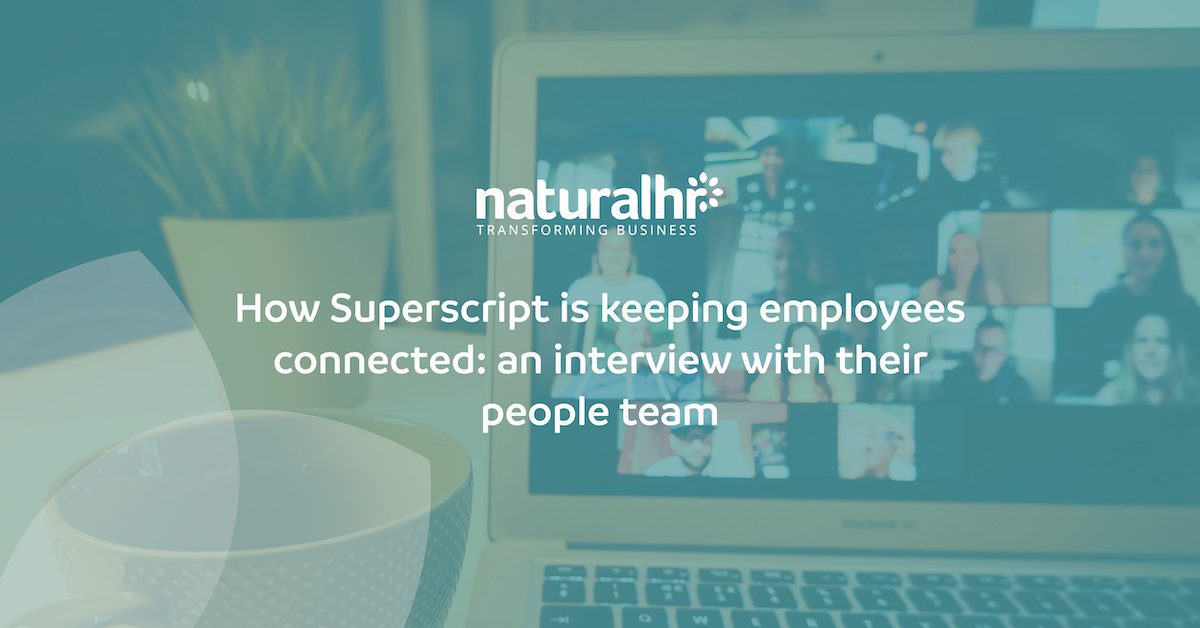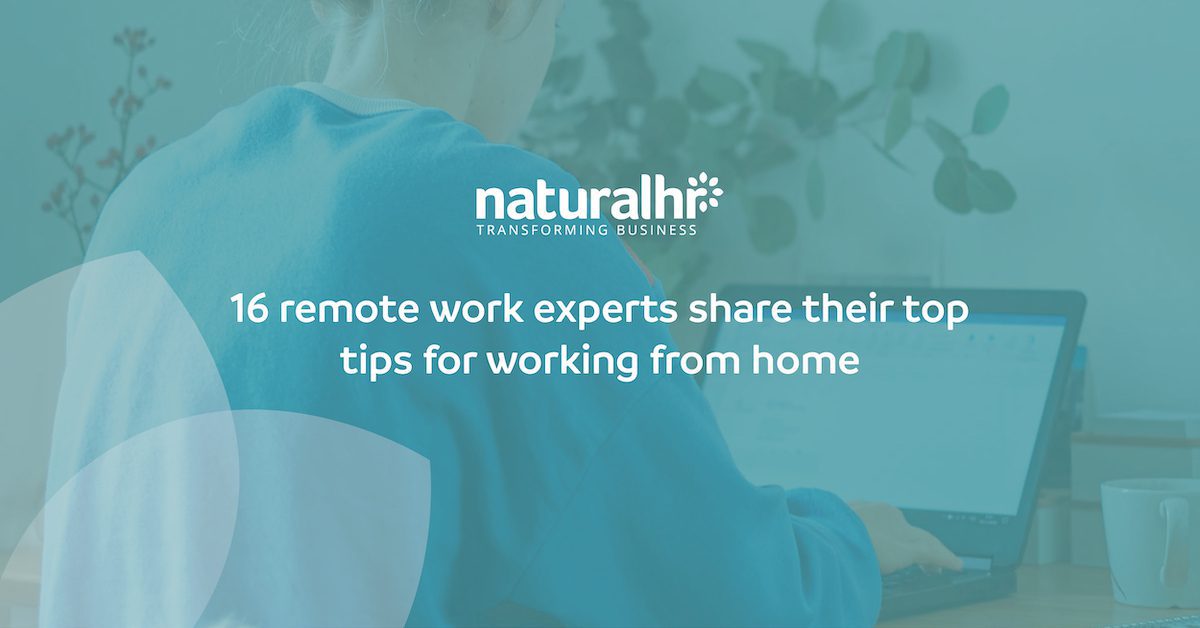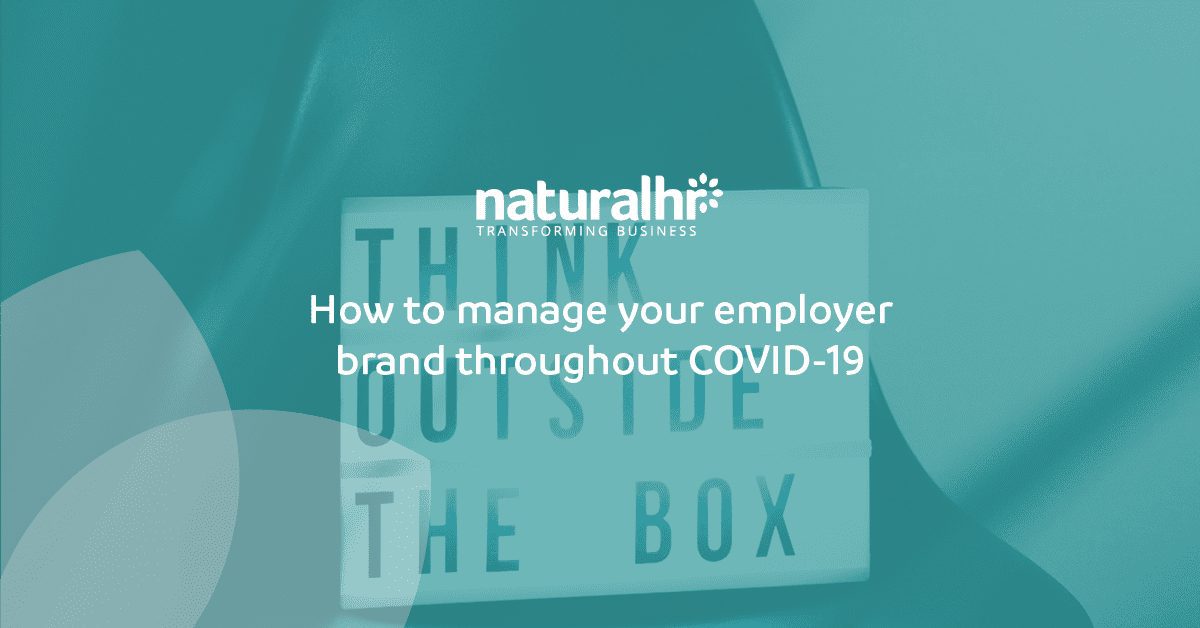
It’s been said a million and one times recently, but we’re currently living in unprecedented times and to make this matter worse, none of us have magic powers or a crystal ball to predict what’s going to happen over the next 12 to 18 months.
But it’s fair to say; most organisations are probably going to be hiring less due to a business downturn or general logistical complications, along with the ongoing pandemic and recession.
So, it’s no wonder why so many companies are prioritising their employer brand to ensure they’re maintaining a positive perception during COVID-19, with 84% of job candidates stating the reputation of a company as an employer has never been so important.
That’s why we invited the Founder & Lead Consultant of PeopleBrand, David Thompson, to join us on our HR Expert webinar series earlier this month. David helped to shed some light on how businesses can continue to build their employer brand while hiring less.
With over 20 years’ experience in employer marketing, it came as no surprise that David shared some insightful information, which has been collated and compiled below, to help you create an employer brand which radiates positivity to your current employees, future candidates and key stakeholders.
Adapt to your working environment
The pandemic has changed working patterns for good, with two-thirds of the office workers surveyed saying they planned to divide their week between their homes and workplaces.
Before the government’s U-turn on encouraging workers to return to their desks, 46% of workers told the British Council for Offices they arranged to allocate their time between home and the office over the next six months.
Only 30% said they were considering returning to the office five days a week, and 15% that were intending to work exclusively at home. Thus showing, home working is here to stay, meaning employees will face issues around anxiety, sense of belonging and lose that physical touch they would normally have on a daily basis when in the office.

Re-establishing emotional bonds
Back in March, we witnessed the arrival of COVID-19, followed by a swift transition from many organisations to operating remotely. However, with every single employee working from home, from an HR perspective, it became increasingly difficult to have a relationship with team members.

Research from Gallup found that companies in the top quartile of engagement outperformed their peers in many ways. These organisations exceed businesses in the bottom quartile in customer ratings, productivity and profitability by 10%, 21% and 22% respectively. So, how exactly do you increase engagement remotely?
- Create a sense of belonging by leveraging employee social advocacy and multichannel communication methods.
- Communicate clear goals which can be measured, helping to set them up for success.
- Tweak your overall communication strategy by incorporating new and unique activities and applications.
- Check in on all employees frequently and be proactive by reviewing their progress against given targets.
- Encourage continuous engagement through modern internal communication tools by engaging multiple employees to communicate with each other.
Create a unique employer story
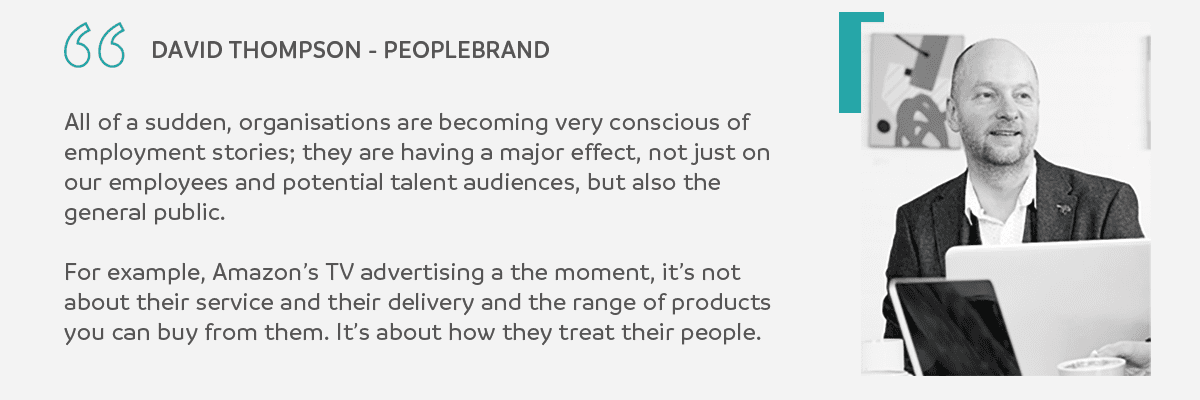
This is why the number one obstacle in the candidate experience is that people don’t know what it’s like working for an organisation from the outside, with 75% of job seekers considering a company’s brand before even applying.
So, employer branding helps us create those emotional connections with external talent audiences, but to do this, ensure your organisation nurtures culture, leverages brand perception, showcases your employees’ stories and embraces social advocacy. These core elements will help set building blocks in place to form empathy and trust, while beginning to form a unique employer story.
Developing a content strategy
In a time where employer branding is front page news, creating the right content can be the fuel that ignites your messaging to new heights. Without great content, it’s harder to attract top talent, engage your current workforce and most importantly, tell your unique story.
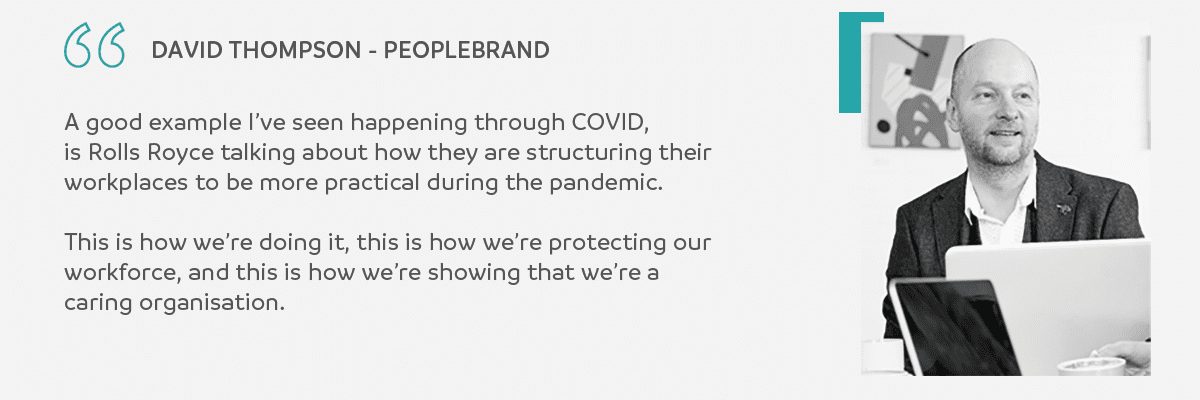
Start by developing a content strategy which revolves around the kind of content that is going to resonate with your audience. This includes building out talent personas, doing research into current industry trends and asking your employees what they would specifically like to see.
You can then take this set of data and combine it with other information such as the roles you’re hiring for and the goals you aim to get out of hiring initiatives. Once established, you’ll have a better understanding of how to build a content strategy, tailored to your employees and audience.
Make your EVP a VIP

“We’re building a company people love. A company that will stand the test of time. So, we invest in our people, and optimise for your long-term happiness”. Sound similar to the advice David provided? This is because HubSpot developed an EVP which is centred around employee happiness and provides an authentic representation of what it’s like to work for that business in today’s climate.
If you have no framework in place, take a look at these four simple steps that will help build your employee value proposition, discover what makes your organisation an amazing place to work and areas to adjust important aspects such as culture.
Define employee persona: Here, you’ll want to understand the type of people you want working for your company. Start by assessing your current culture, look into the attitudes, experience and behaviours of your workforce and align these with the organisation’s strategic vision.
Communicate with employees: Once you understand the type of persona you want working for your company, you’ll need to know what makes your employees motivated and happy to perform their best day-in-day-out.
Outline your unique elements: What makes your company so great to work for? Delve into these five elements to help understand: present culture, reward package, morale of the organisation, current working environment and development opportunities.
Put pen to paper: Now it’s time to draft up what you’ve learnt, but keep in mind, you’ll always want to be answering the question ‘why would a candidate want to join our company and develop with us over the years?’



